How to improve workplace security in your business and how to protect your business from outside security threats.
When thinking about how to protect your business in terms of security and safety, there is a multitude of choices to choose from. It will all depend on where your business is located, what information, hardware, and other assets you want to protect.
For most businesses, there will be a level of security already in place, but there are always ways to improve workplace security. There’s a lot of different risks to consider that will differ in other premises, workplaces and industry environments – there’s no one-size-fits-all approach to workplace security.
However, there are many simple ways to improve safety and security in your workplace. This article will cover some crucial methods you can use today to make your workplace more secure for your staff, visitors, stock and other valuable assets.
Here are some key areas that will help protect your business from outside threats.
Why is workplace security important?
Workplace security is vital for two main factors: from an employee perspective and a business perspective.
Employees want to feel safe whilst at work. Having a secure perimeter in your place of work may sound daunting, but it’s designed to keep staff safe and not be put at risk whilst at work.
Staff will have a strong sense that the business has a duty of care towards its employees and their wellbeing whilst they’re working.
If you’re relying on a lot of essential equipment, valuable stock and other expensive items you might feel safe in the fact there’s a lot of security measures in the workplace to protect everything inside the office or storefront.
From a business perspective, it protects valuable goods and equipment from theft or damage, facilitates a safe working environment for staff and reduces the risk of financial loss.
Security equipment such as cameras are also used for safety as well as security. For example, in the case of a fire alarm, security cameras can track who has left the building accordingly and who could be missing from the team register.
Having security measures in the workplace also reduces the overall costs in insurance, compensation, and other unexpected expenses. Showing you have a secure workplace may also reduce the overall costs of your business overheads in the long run.
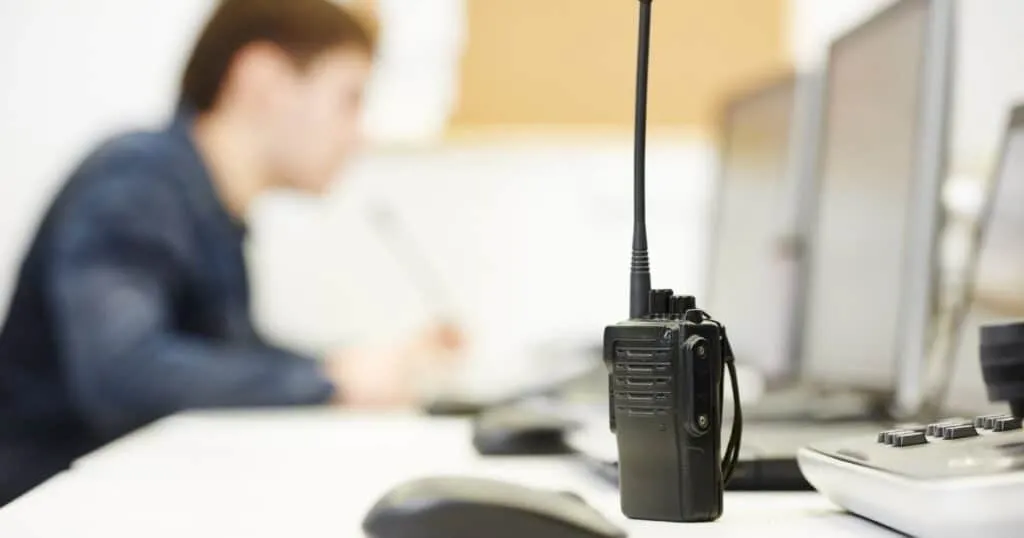
Improving Physical security in the workplace
Physical security involves all the measures you’ll see across the buildings and offices you work in. They are all the methods used to deny access to outsiders to restricted and sensitive data, equipment, and documents.
Examples of physical security in the workplace could be guards that man entrances during specific hours, locks/codes on doors, using access cards or key fobs to enter buildings, fencing, cameras and specific asset protection.
Having physical security can serve as a deterrent to opportunists, would-be thieves or anyone considering a break-in. Visible cameras, high fences, locked gates and appropriate signage creates hard work for criminals, so will deter those opportunists who look for an easy target.
With several different security measures in the workplace also shows others that security is being taken seriously.
Cameras, CCTV and Monitoring
The presence of CCTV cameras on their own may be a threat to some opportunists, but CCTV and security cameras are only truly effective if used and maintained correctly.
It’s essential to have well-maintained CCTV and security cameras, as footage may be used as crucial evidence in the event of a security incident.
Here are some tips to ensure your CCTV is providing the highest level of security to your premises:
- Regularly maintain the equipment, ensure that the hardware, software and any networking/communication is functioning correctly
- Review your CCTV monitoring procedure, is your CCTV monitored remotely or on-site? What is the procedure in the event of an emergency?
- Ensure that your cameras are appropriately placed to cover the most critical areas of your premises, such as the entrance, exit, point of sale, valuable assets or high-risk areas.
- Are your cameras using the latest technology? No one wants grainy footage with pixelated faces! HD Cameras are now more affordable than they were in the past, perhaps it’s time to upgrade?
Security Guards and Personnel
Having trained security personnel at entrances is a highly secure method of controlling access and ensuring only authorised individuals can enter restricted buildings or areas within a building.
Security guards should be experienced and well-trained in security procedures, but also be familiar with your organisational security policies and procedures.
Improving Security procedures in the workplace
Coupled with the physical presence of security across the workplace, there is also the need for written policies and procedures.
Specific security procedures for your premises
For example, in an educational setting, Schools, colleges and universities will be required to have registers of attendance, clear signage, such as for the locations of CCTV cameras and secure entry and exit into buildings.
Childcare providers and nurseries also require stringent procedures in place to protect children from harm.
Examples of these procedures for a school or childcare facility may include:
- Locked doors in all areas used by the children
- Contractors, delivery drivers, couriers and other visitors have no contact with the children and are never in the same room as them
- Family members and friends can only collect children if formally arranged with the parents and staff in advance
- CCTV used on entrances and exits
- Any individual who has contact with the children must have appropriate training and an up-to-date DBS check
Not only does this put parents and teachers at ease, but it can also reduce poor behaviour from pupils across school grounds.
In a university, you’d be able to track any lost equipment due to students failing to follow correct procedures at the library or equipment hire. With all staff being aware of the security features across the workplace, it can be easy to enforce for new hires, visitors, students or customers.
This can guarantee, or at least minimise, that nothing is taken without permission, stolen, misplaced or damaged.
These procedures are specific to their environment, which highlights how there is no one-size-fits-all approach to managing risk, so each business needs a careful security assessment to ensure that the correct policies are in place to meet the needs of the business.
Access Control
Access control is a common but effective way of reducing security risk in your organisation. It’s extremely simple – only authorised individuals can access important areas, controlled by:
- Swipe cards
- Key fobs
- Access codes
- Physical keys
- Fingerprint or biometric locks
- Passwords
- Security guards
Access control may be automated or manually managed by security staff; for example, it may be required for someone to physically lift the barrier before allowing a vehicle to enter the carpark. Or, an internal door may be operated by a button behind a desk to prevent unauthorised access.
No matter how it is implemented, access control is simple but highly effective at tracking who is coming in and out of your premises.
Access control can also be applied digitally, for example, members of staff have access to the computer files and databases needed to do their role, but access to certain functions can be limited for specific individuals/teams to maintain tighter levels of control.
How does communication affect security in the workplace?
Communicating with your staff about new or existing security measures will be vital to ensuring all the relevant rules are followed and adhered to.
For most staff, they’ll be given a policy document that states what will be expected of them within the workplace. This usually includes details such as fire exits, what security measures are in place and what should be done in the case of a security breach.
Signage is an important way of communicating security messages and warnings. Visible signs should be placed across the workplace to make staff aware of security measures around them, such as CCTV, fire exits, warnings of tailgaters and how to enter the building securely.
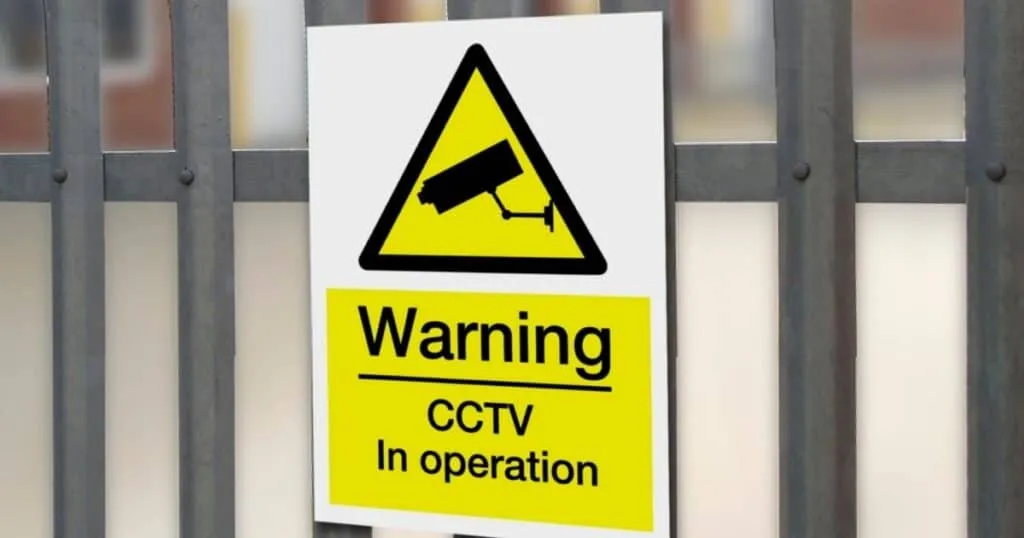
Even posters such as “Thieves work office hours too” are simple but effective reminders for staff and visitors to keep their equipment and personal belongings safe.
The reason they’re useful is so that staff are kept as safe as they can be with regular awareness all around them. They are also helpful for visitors or new employees to understand the safety features within the workplace and ensure they’re adhered to.
From a business perspective having regular communication of security measures allows managers and senior members to keep track of staff activities. It provides a safety net in case staff do not follow the rules and promotes a safe environment.
More workplace security tips to keep your place of work safe
To be a fully secure place to work, there are a few recommendations that staff can follow to help your business continue to be safe both during and outside of office hours.
Review IT Password Policies
In an office environment, instruct all staff to have passwords set to access their laptops and other devices they use for work purposes. Many organisations now have set requirements for password implementation, including having a password that contains a variety of characters, so it’s not easy to access. Also, the use of two-factor authentication (2FA) is a recommendation.
From a user’s point of view, it’s annoying to choose a strong password, and it’s awkward for IT departments when people are locked out for forgetting it! Use this as an opportunity to educate staff about the importance of complex and unique passwords to improve their general security awareness at the same time.
Portable Device Security
Remove portable disk drives, USB drives and other external ports from computers in use to reduce the risk of malware or other unwanted software being installed. Consider whether USB or memory sticks are even necessary for a modern business environment. If they are, then ensure they’re encrypted with a strong password and that data is regularly backed up.
Ensure that all laptops, tablets and mobile phones issued to staff have the appropriate level of encryption, that the screens have a short auto-lock time and that all users are aware of how to use their devices securely.
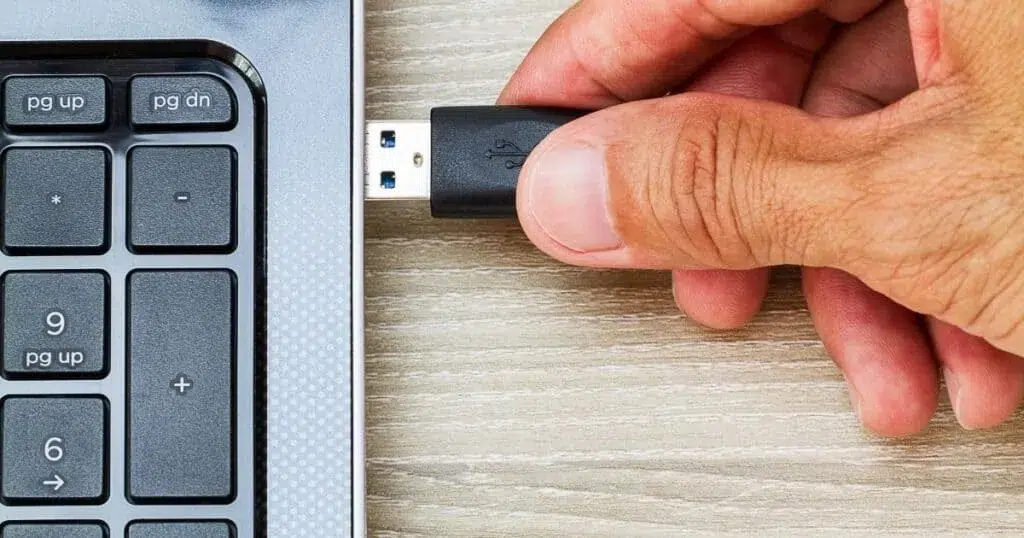
Regular Security Awareness Training
Carry out training on an annual basis so that all staff are continually aware of security measures, and so they’re reminded of new rules that come into force. Assign a person or a team that is dedicated to the security of the workplace and can monitor online security systems.
Check your Insurance Guidelines regarding Security
Finally, you should follow your insurer’s guidelines to make sure that your cover is not made invalid in the future. Look at your policy and carefully check what your responsibilities are concerning security.
Your insurer may require that you lock away all sensitive material, including cash and documentation. Most businesses now employ a policy that ensures no money is left in the store overnight to comply with insurance guidelines.
Summary: Improving workplace security in your business
Even small change can make a big difference to your workplace security. Professionally managed security arrangements can reduce overall costs and encourage your workforce to be vigilant.
From the outside, it also shows that you’re an established business by prioritising your security measures. It’s a crucial part of building a business’ integrity and promoting a safe place to work.
Improving your workplace security is also known to reduce costs in the long run as it spells to insurers that the area is safe, secure and takes a duty of care in protecting its staff and all equipment needed on site.
Please take a look at our services to find out how we can help you improve security in your organisation.





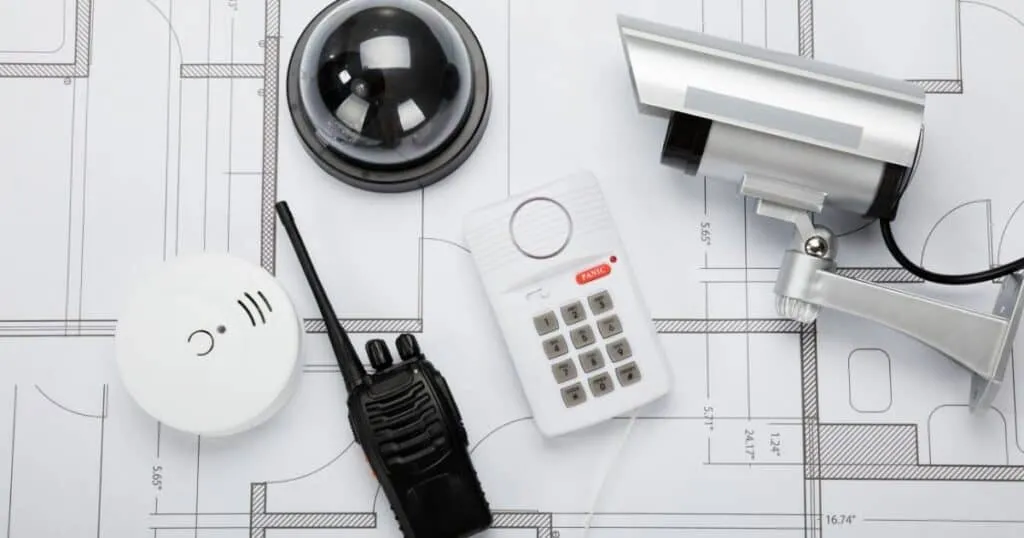

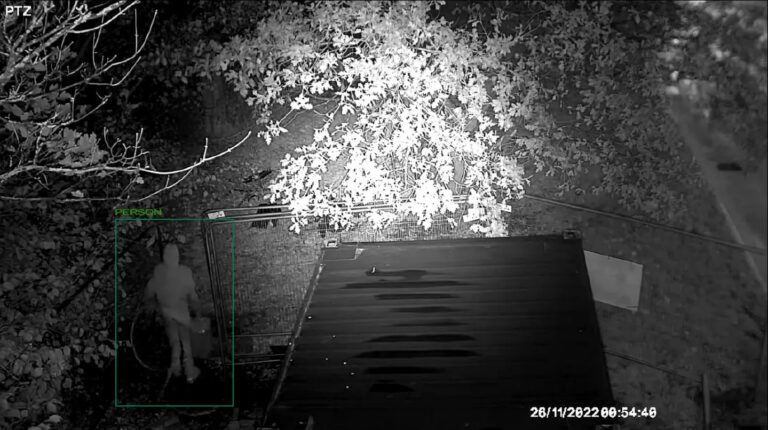

 by
by 

